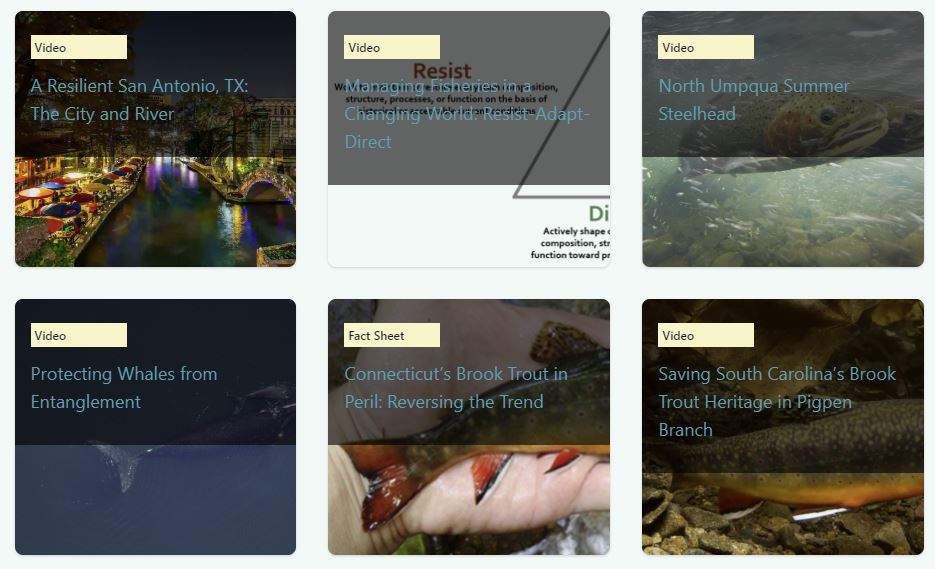Fisheries
Why Climate Change Matters
Opening Statement
We are connected to fish through our recreational activities and the food we eat, but a rapidly changing climate is threatening the balance of nature.
This website serves as a hub for resources to educate fisheries stakeholder on how climate change is affecting fish and their habitats.
Our resources
Why you should care, what the facts are, and what the science says

Policy
Statement of World Aquatic Scientific Societies on the Need to Take Urgent Action against Human-Caused Climate Change, Based on Scientific Evidence
New! Building Climate Resilience for Fish and Communities through Land and Water Conservation Projects

Science
Resources about climate change and the effects on fisheries and aquatic resources
Climate websites and toolkits, including datasets, mapping tools, and more!
New! Special issue of Fisheries magazine on climate change.

Education
New! Videos by leading experts on communicating climate
Best practices for communicating climate science for fisheries professionals
New! Communication Products by Our Climate Ambassadors
Videos, fact sheets, and other media to bring stories of fisheries and climate change to life. Searchable by region, species, or ecosystem.
Hear from Scientists in the Field
Why aquatic science societies worldwide
are taking action
[metaslider id=”742″]


